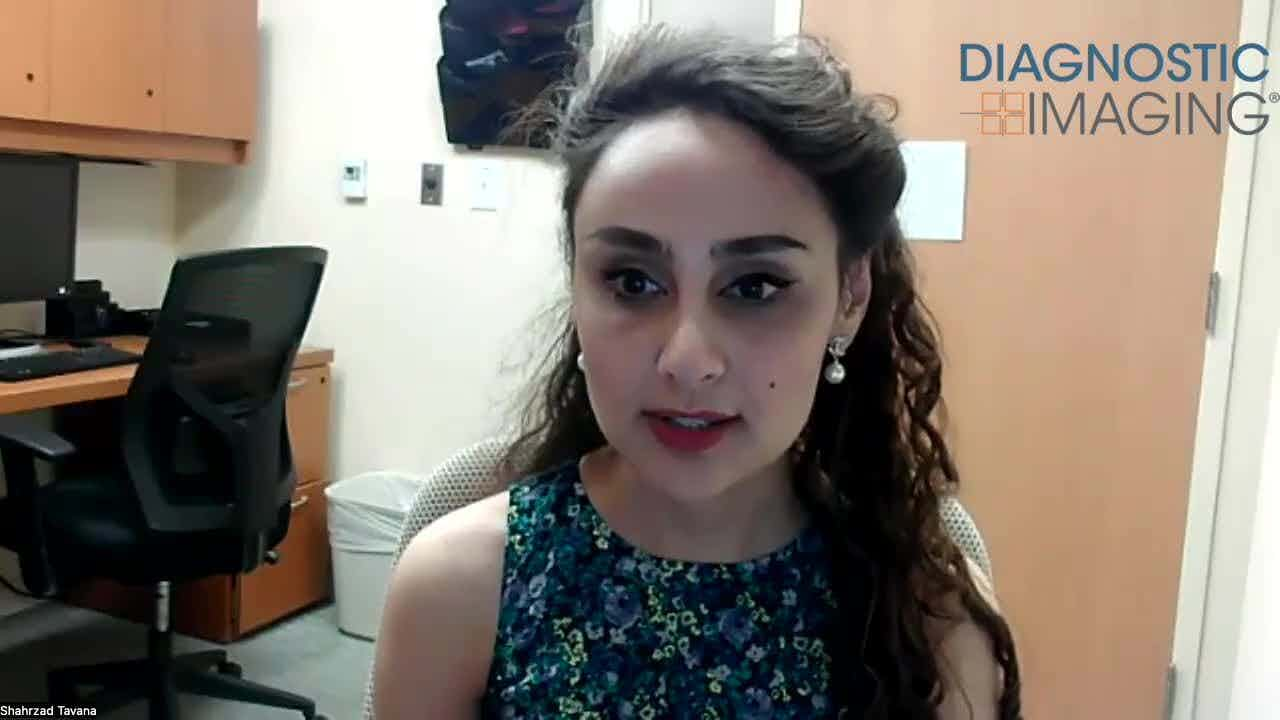Screening diabetic patients prompts debate
A review of the current literature reveals a difference of opinion regarding whether to screen diabetic patients with CT and an inherent flaw with hybrid SPECT/CT scanners resulting in misregistered images. Researchers also optimized a contrast protocol for the triple rule-out procedure and advise echo studies when mitral valve calcification is found on chest CT.
A review of the current literature reveals a difference of opinion regarding whether to screen diabetic patients with CT and an inherent flaw with hybrid SPECT/CT scanners resulting in misregistered images. Researchers also optimized a contrast protocol for the triple rule-out procedure and advise echo studies when mitral valve calcification is found on chest CT.
Diabetic screening
Screen testing: cardiovascular prevention in asymptomatic diabetic patients
J Am Coll Cardiol 2007;49:1915-1917
Noninvasive screening for coronary atherosclerosis and silent ischemia in asymptomatic type 2 diabetic patients: is it appropriate and cost-effective?
J Am Coll Cardiol 2007;49:1918-1923
In the first commentary, "Screen testing," Dr. George A. Diamond and colleagues from the University of California, Los Angeles suggest that an unconditional treatment strategy (no test, treat everyone) is more cost-effective than a conditional test-treatment strategy (myocardial perfusion SPECT followed by statin therapy in positive test responders). In the second commentary, "Noninvasive screening," Dr. George A. Beller from the University of Virginia Health System takes exception to some of Diamond's calculations. He advocates CT coronary calcium screening in a high-risk subset of diabetic patients, followed by stress SPECT in those with high calcium scores to detect silent ischemia. The debate shall continue, as Diamond indicated to
Diagnostic Imaging
that he is drafting a response to Beller's critique.
Mitral valve calcification
MDCT detection of mitral valve calcification: prevalence and clinical relevance compared with echocardiography
AJR 2007;188:1264-1269
Researchers from Aachen University say that patients presenting with incidentally detected mitral valve leaflet calcification on chest CT may benefit from a functional assessment with echocardiography. A retrospective review of nearly 400 patients who underwent chest CT and echocardiography found 32 with mitral valve leaflet calcification, which correlated with hemodynamic data obtained at echocardiography. Researchers also found a significant relationship between the degree of mitral valve calcification on CT and the echo-determined severity of mitral valve disease.
SPECT and CT fusion
Cardiac image fusion from stand-alone SPECT and CT: clinical experience
J Nucl Med 2007;48[5]:696-703
In addition to being intuitively convincing, 3D SPECT/CT fusion images in coronary artery disease provide added diagnostic information on the functional relevance of coronary artery lesions, according to research from Dr. Philipp A. Kaufmann's group at University Hospital Zurich. Researchers found that the fused images added significant information about pathophysiologic lesion severity in 29% of patients. The fused interpretation confirmed hemodynamic significance in one-third of lesions deemed equivocal on side-by-side analysis and excluded functional relevance in a quarter of lesions. Side-by-side analysis proved superior to fused interpretation in three lesions.
SPECT/CT misregistration
Prevalence of misregistration between SPECT and CT for attenuation-corrected myocardial perfusion SPECT
J Nucl Cardiol 2007;14[2]:200-206
Nearly half of 60 SPECT/CT exams had moderate to severe cardiac misregistration on a qualitative five-point scale. Patients underwent consecutive myocardial perfusion studies acquired on a SPECT/CT system equipped with a nondiagnostic CT scanner that was used for attenuation correction. The researchers from Johns Hopkins University recommend careful review of attenuation correction maps and registration to avoid reconstruction artifacts due to misregistration.
Coronary stenosis in acute coronary syndrome
Detection of myocarditis by contrast-enhanced MRI in patients presenting with acute coronary syndrome but no coronary stenosis
J Magn Reson Imag 2007;25:957-964
Patients presenting with acute coronary syndrome but with no coronary stenosis should undergo delayed contrast-enhanced cardiac MRI. Dr. Andrei Codreanu and colleagues at Centre Hospitalier Universitaire in France evaluated 27 consecutive patients. They found that DCE-MRI identified either subepicardial or subendocardial contrast defects typical of acute myocarditis in 24 patients. Patients with subepicardial DCE had higher C-reactive protein levels, significantly lower Framingham cardiovascular risk, and significantly lower incidence of perfusion SPECT defects.
Biphasic contrast injection
Atypical chest pain: coronary, aortic, and pulmonary vasculature enhancement at biphasic single-injection 64-section CT angiography
Radiology 2007;243:368-376
Dr. Thomas G. Vrachliotis and colleagues from William Beaumont Hospital have perfected a two-part single-breath-hold contrast administration protocol that successfully illuminates the coronaries, aorta, and pulmonary arteries on 64-slice CT. Researchers perform thoracic CT angiography with retrospective gating with a single biphasic injection of 130 mL of iso-osmolar contrast material (100 mL at 5 mL/sec and 30 mL at 3 mL/sec) in caudal-to-cranial acquisition. Coronary venous enhancement did not affect depiction or interpretation of coronary arteries, nor did interference from right side of the heart streak artifact occur.
FDA Clears MRI-Based AI Segmentation of Organs at Risk During Radiation Therapy
May 2nd 2025Capable of segmenting over 37 organs and structures in the head, neck and pelvis, the MR Contour DL software is currently being showcased at the European Society for Radiotherapy and Oncology (ESTRO) conference.
Emerging AI Algorithm Shows Promise for Abbreviated Breast MRI in Multicenter Study
April 25th 2025An artificial intelligence algorithm for dynamic contrast-enhanced breast MRI offered a 93.9 percent AUC for breast cancer detection, and a 92.3 percent sensitivity in BI-RADS 3 cases, according to new research presented at the Society for Breast Imaging (SBI) conference.










